Your shoulder is one of the most complex and mobile joints in the human body. It allows for a wide range of movement—reaching, lifting, pressing, and rotating—thanks to an intricate group of muscles working together. Knowing the muscles of the shoulder not only helps with training and injury prevention, but also improves your ability to target specific areas in your workouts for strength, function, and aesthetics.
What Muscles Are in Your Shoulder?
The shoulder is composed of several key muscles, each with a specific role. Broadly, they fall into two groups: the superficial muscles, which are visible and commonly trained in the gym, and the deep stabilizing muscles, which protect the joint and guide smooth movement.
1. Deltoid
The most recognizable shoulder muscle is the deltoid. It wraps over the top of your shoulder and is divided into three heads:
-
Anterior (front) deltoid: lifts the arm forward.
-
Lateral (side) deltoid: raises the arm out to the side.
-
Posterior (rear) deltoid: moves the arm backward.
Together, they give the shoulder its rounded shape and are heavily involved in lifting and pressing motions.
2. Rotator Cuff Muscles
Deep inside the shoulder are four small but vital muscles known as the rotator cuff. These stabilize the shoulder joint and allow rotational movement:
-
Supraspinatus: helps raise the arm, especially during the first 15 degrees of lateral movement.
-
Infraspinatus and Teres Minor: externally rotate the arm.
-
Subscapularis: internally rotates the arm.
These muscles are often overlooked in training but are essential for joint health and athletic performance.
3. Trapezius
Though technically spanning the upper back and neck, the trapezius plays a key role in shoulder movement. The upper traps elevate the shoulders (like in a shrug), while the middle and lower traps assist with scapular stability and posture.
4. Levator Scapulae
This muscle runs from the neck to the top of the shoulder blade and helps raise the shoulder. It's often active when holding tension in the neck and shoulders, particularly under stress or poor posture.
5. Teres Major and Minor
While teres minor is part of the rotator cuff, teres major is not—but it assists in moving the arm downward and backward. It works closely with the latissimus dorsi and contributes to the rear shoulder and upper back area.
Where Are Your Shoulder Muscles Located?
-
Deltoids cover the outer shoulder cap.
-
Rotator cuff muscles are tucked beneath the deltoids, connecting the scapula (shoulder blade) to the humerus (upper arm bone).
-
Trapezius spans from the base of your skull down your upper spine and across to the shoulder blades.
-
Levator scapulae runs along the side of the neck to the shoulder blade.
-
Teres muscles lie on the back side of the shoulder blade.
Understanding these placements helps with both activation during exercise and recovery during mobility work or massage.
My Experience With Shoulder Training and Recovery
Early in my training journey, I focused heavily on pressing movements—bench presses, overhead presses, and lateral raises. While my delts grew, I started experiencing nagging pain during overhead lifts. After seeing a sports therapist, I learned I’d been neglecting my rotator cuff and scapular stabilizers.
Incorporating face pulls, banded external rotations, and trap 3 raises not only eliminated the pain but also made my pressing stronger. I also became more aware of which muscle was supposed to be doing the work—feeling the lateral deltoid in a lateral raise instead of letting my traps take over.
This experience taught me the value of balanced shoulder development—it's not just about what you see in the mirror, but what’s happening underneath.
Conclusion
The muscles of the shoulder include more than just the deltoids. From the deep rotator cuff to the elevating traps and stabilizing scapular muscles, every part plays a role in both strength and joint integrity. If you’ve ever wondered what muscle raises the shoulder, think beyond just one—it's a coordinated effort.
Smart shoulder training involves not only pressing and raising but also stabilizing and rotating. Understanding where your shoulder muscles are and what they do can lead to better performance and a pain-free fitness journey.










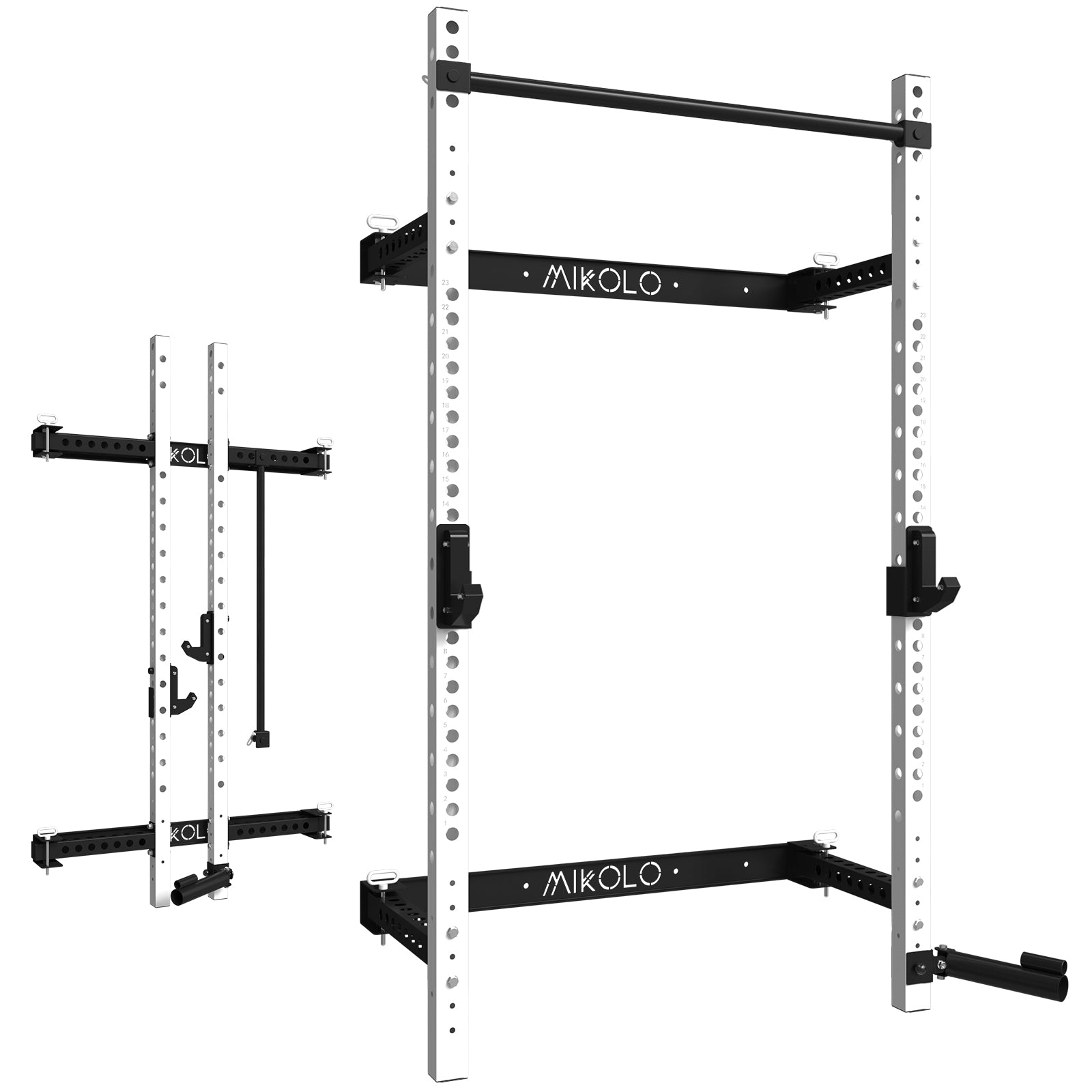







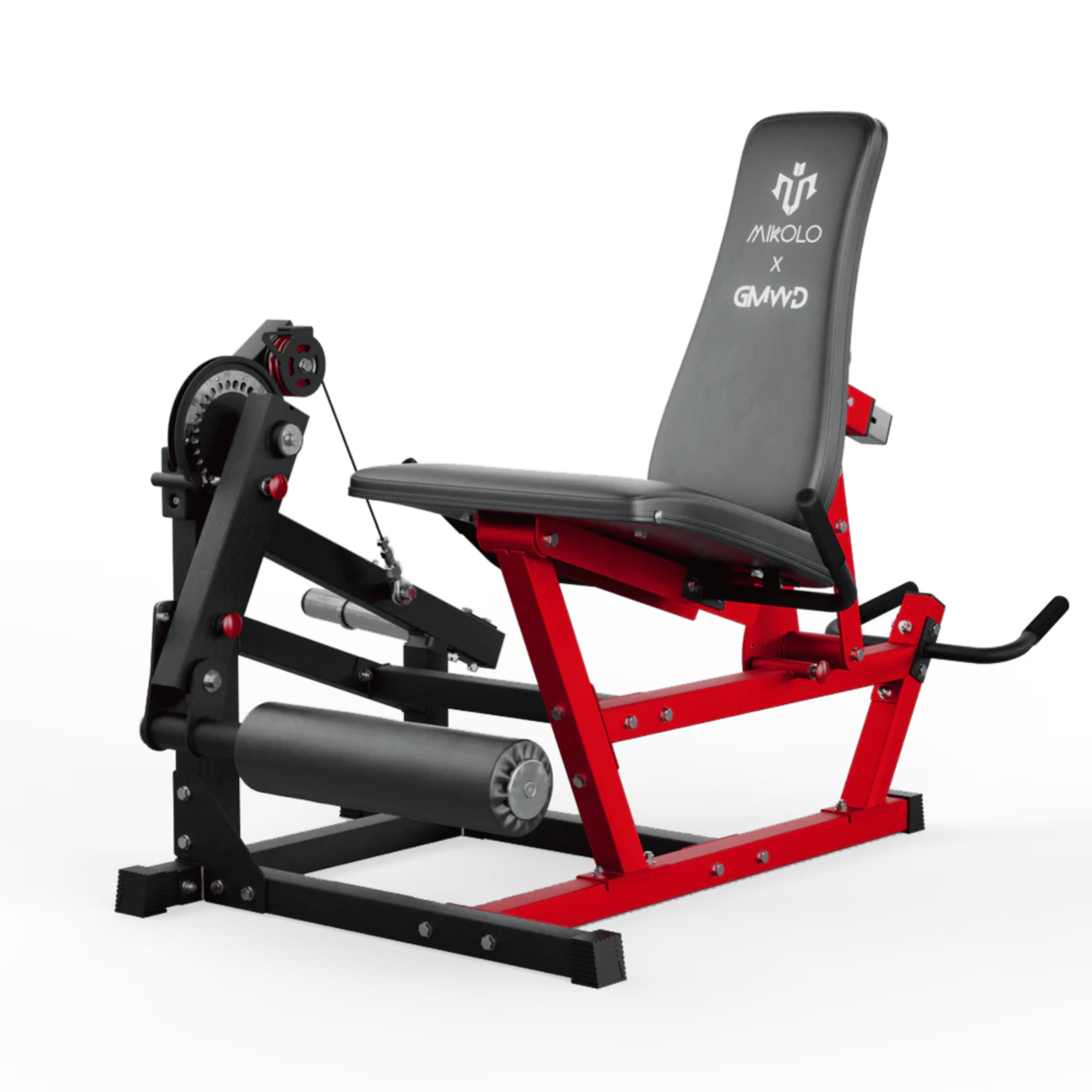
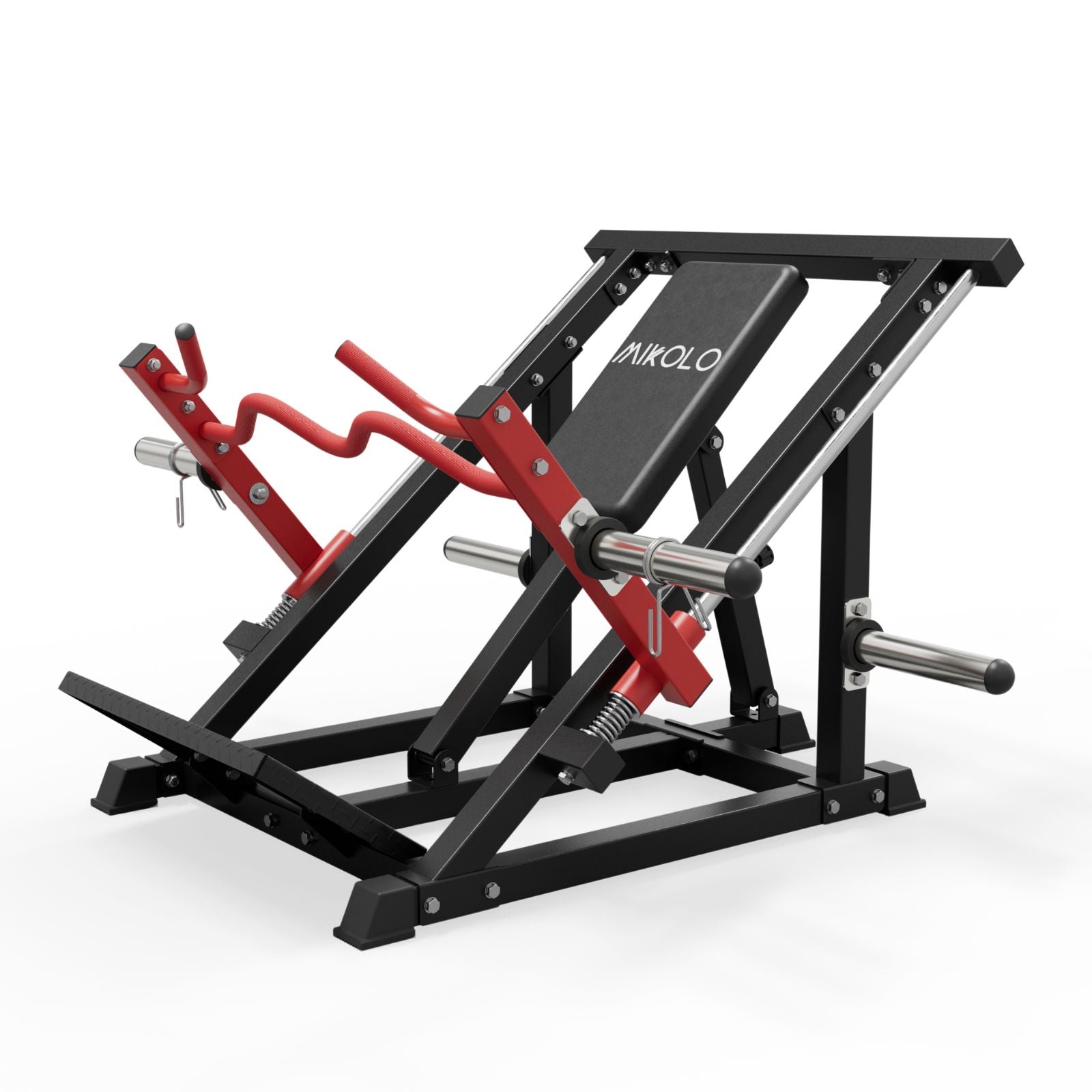
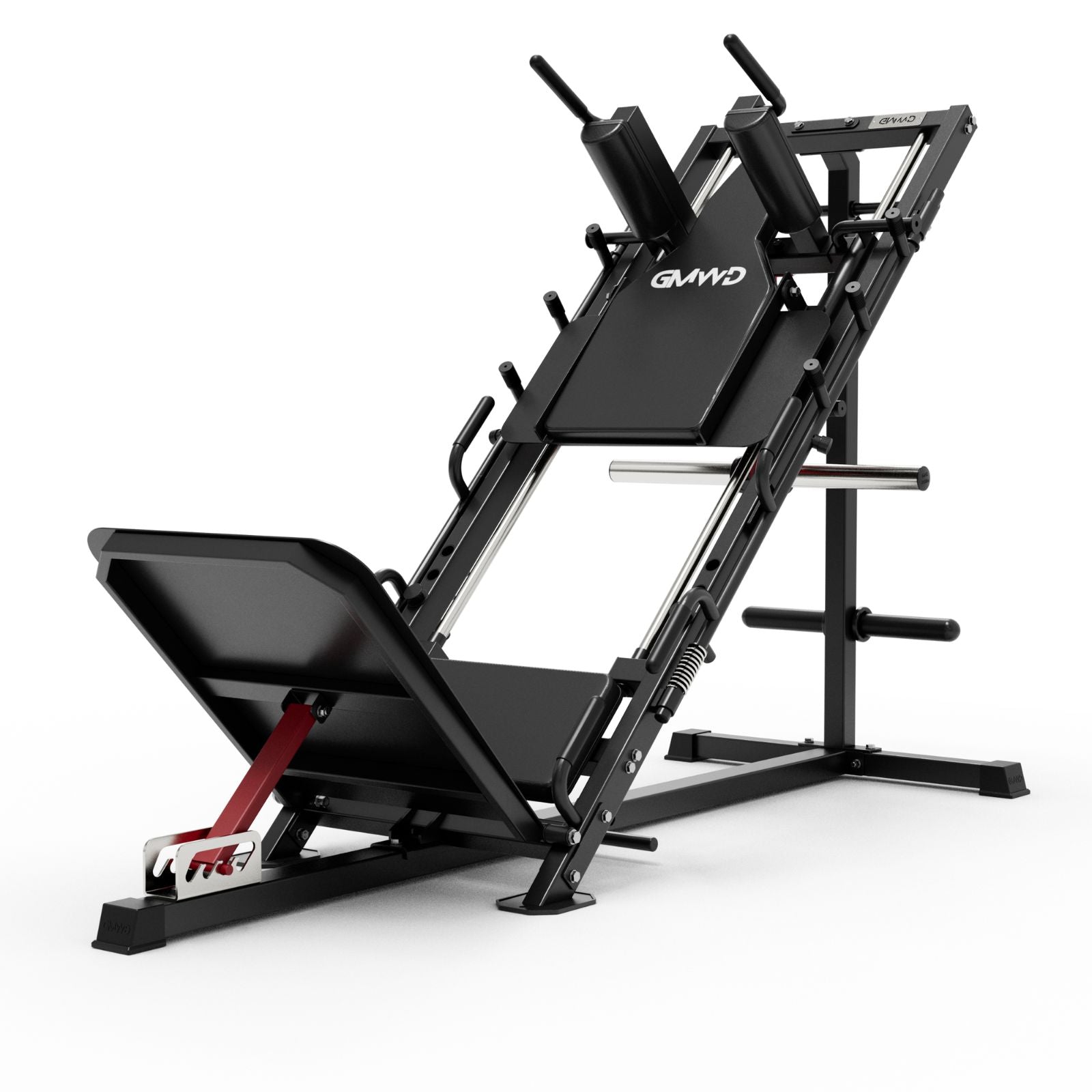








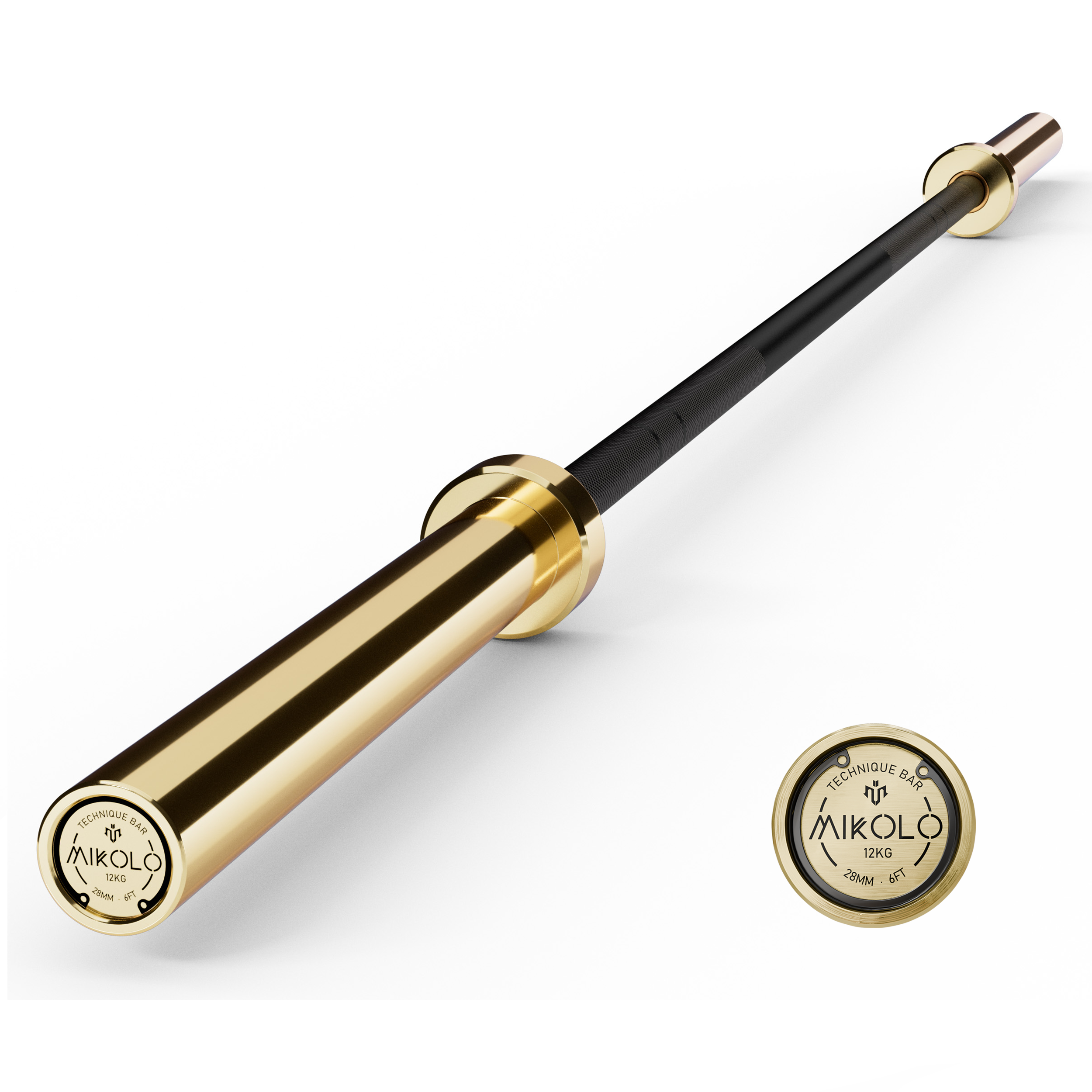

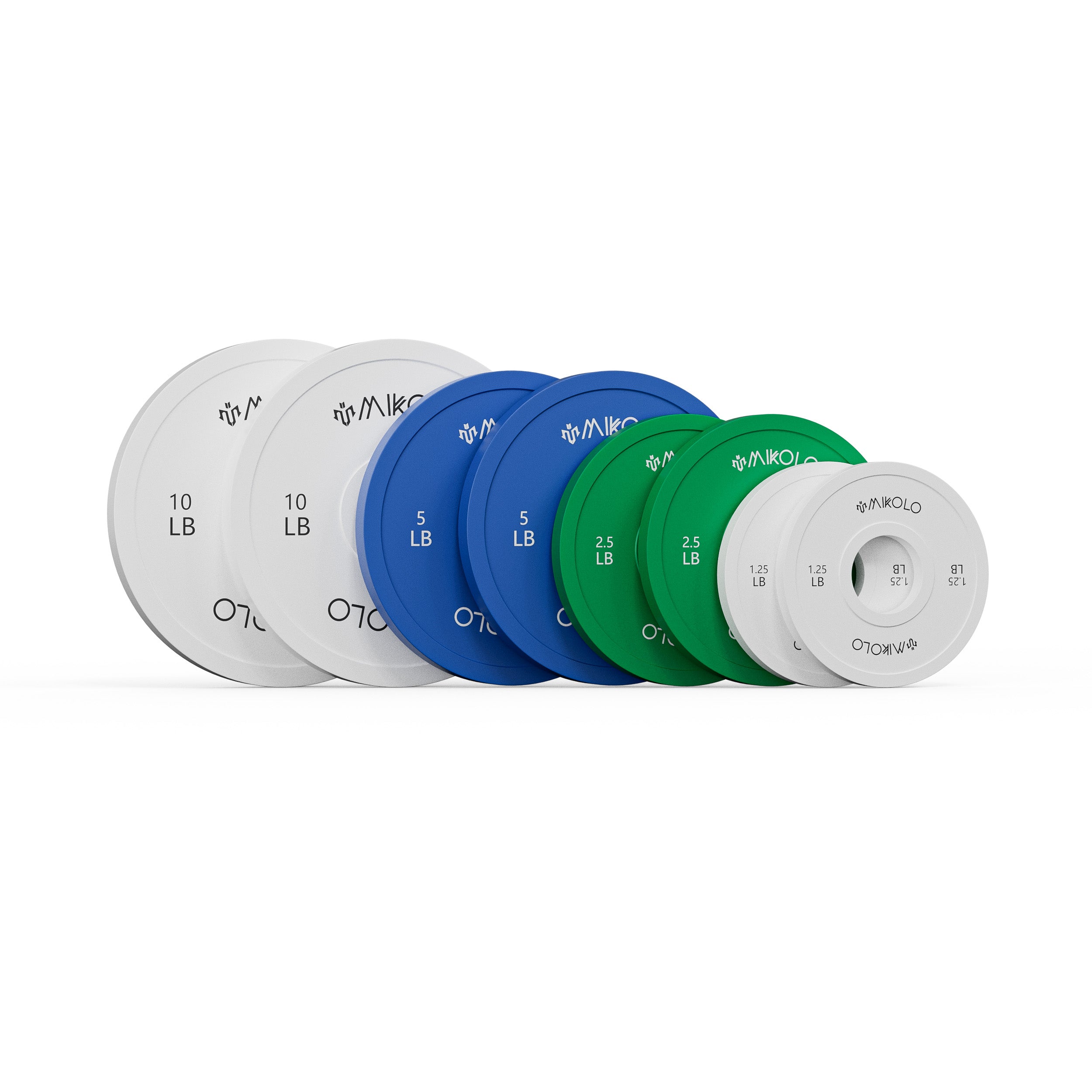
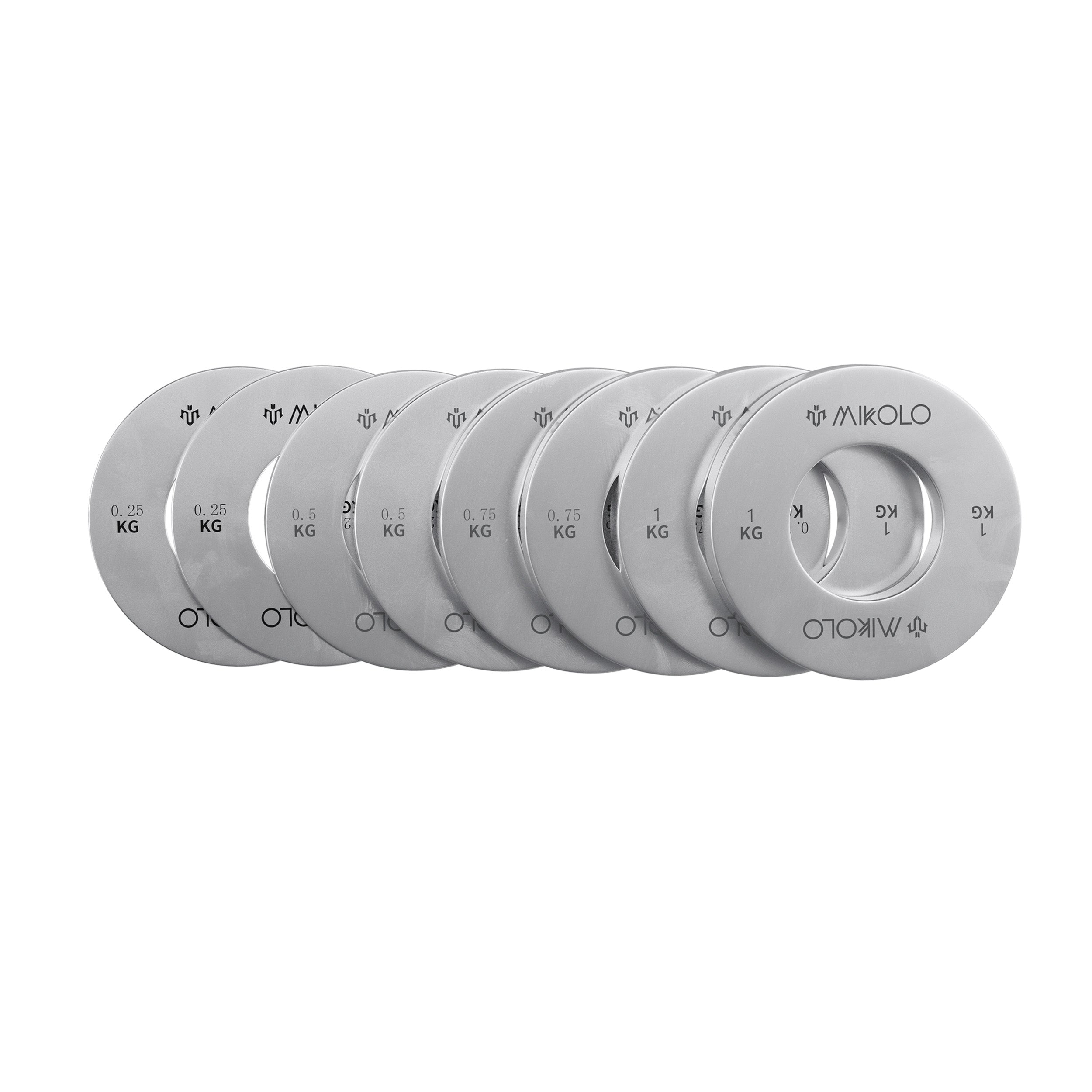









Leave a comment
This site is protected by hCaptcha and the hCaptcha Privacy Policy and Terms of Service apply.